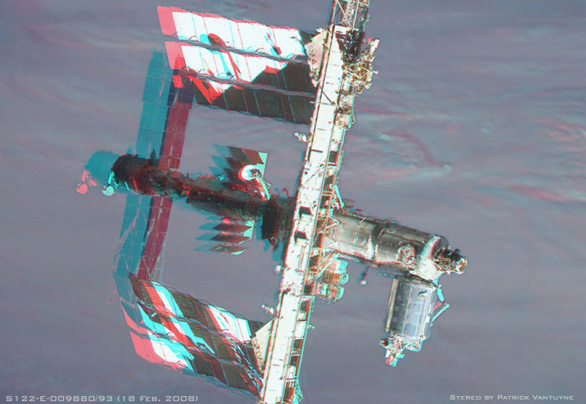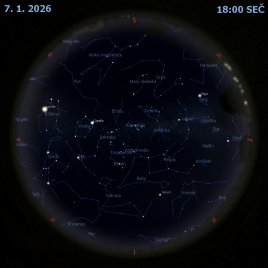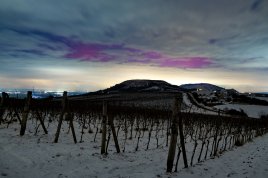Kosmická stanice stereo

Uznání: STS-122, NASA - Stereo Anaglyph: Patrick Vantuyne
Nasaďte si svoje červenomodré brýle a vznášejte se vedle největšího umělého měsíce Země, Mezinárodní kosmické stanice (ISS). Tento stereopohled vznikl z částí dvou jednotlivých snímků (S122-E-009880, S122-E-009893) a dále pozadí zaznamenaného při odpojování raketoplánu Atlantis od ISS 18. února. Atlantis a ISS letěly rychlostí přes 7500 metrů za sekundu ve výšce asi 350 kilometrů. Lesklý, 7 metrů dlouhý modul, který vystupuje ze stanice vpravo dole je laboratoř ESA Columbus, kterou raketoplán Atlantis dopravil a astronauté ji při výstupech instalovali. Atlantis přistál po úspěšném 13 denním letu k ISS ve středu v Kennedyho kosmickém středisku.
NASA Official: Phillip Newman Specific rights apply. NASA Web Privacy Policy and Important Notices
A service of: ASD at NASA / GSFC & Michigan Tech. U.
Odkaz na originální APOD


